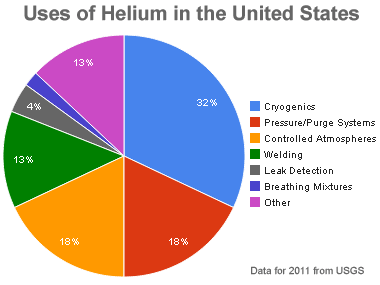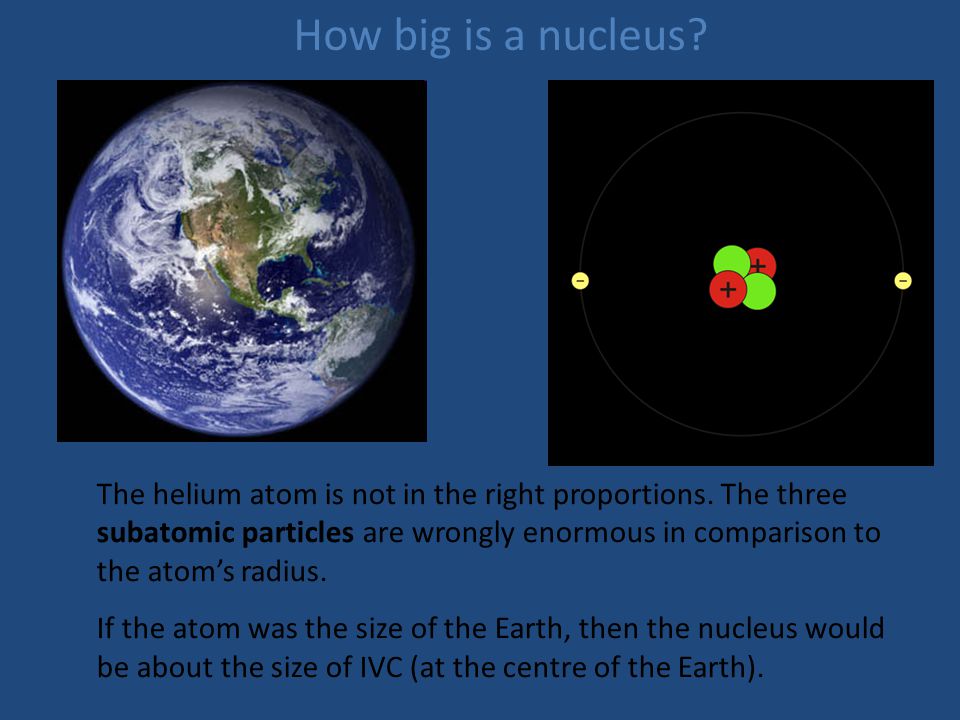Also, helium is created on earth from radioactive decay in elements like uranium, because a helium nucleus is a deadly alpha particle. As long as we can make alpha particles, we can make helium. Helium is also created in stars during nuclear fusion. Nov 08, 2019 Helium is the only element on the planet that is a completely nonrenewable resource. On Earth, helium is generated deep underground through the natural radioactive decay of elements such as uranium.
The Element Helium
[Click for Isotope Data]
Atomic Number: 2
Creationists have used the argument that the amount of helium in the earth’s atmosphere indicates a young earth. It was first brought to the public’s attention by Nobel Prize nominee Melvin A. Cook in 1957, when an article was printed in Nature.1 The rate at which helium is entering the atmosphere from radioactive decay is known fairly well; as is the rate at which helium is. Sep 09, 2020 Helium is an important but finite resource that must be extracted from the ground. In fact, it’s exclusively a byproduct of natural gas mining. Like gold, new large helium deposits are becoming.
Atomic Weight: 4.002602
Melting Point: 0.95 K (-272.2°C or -458.0°F)
Boiling Point: 4.22 K (-268.93°C or -452.07°F)

Density: 0.0001785 grams per cubic centimeter
Phase at Room Temperature: Gas
Element Classification: Non-metal
Helium Production On Earth
Period Number: 1
Group Number: 18
Group Name: Noble Gas


What's in a name? For the Greek god of the sun, Helios.
Say what? Helium is pronounced as HEE-lee-em. Upgrade to os mojave.
Helium Running Out On Earth
History and Uses:
Helium, the second most abundant element in the universe, was discovered on the sun before it was found on the earth. Pierre-Jules-César Janssen, a French astronomer, noticed a yellow line in the sun's spectrum while studying a total solar eclipse in 1868. Sir Norman Lockyer, an English astronomer, realized that this line, with a wavelength of 587.49 nanometers, could not be produced by any element known at the time. It was hypothesized that a new element on the sun was responsible for this mysterious yellow emission. This unknown element was named helium by Lockyer.
The hunt to find helium on earth ended in 1895. Sir William Ramsay, a Scottish chemist, conducted an experiment with a mineral containing uranium called clevite. He exposed the clevite to mineral acids and collected the gases that were produced. He then sent a sample of these gases to two scientists, Lockyer and Sir William Crookes, who were able to identify the helium within it. Two Swedish chemists, Nils Langlet and Per Theodor Cleve, independently found helium in clevite at about the same time as Ramsay.

Helium makes up about 0.0005% of the earth's atmosphere. This trace amount of helium is not gravitationally bound to the earth and is constantly lost to space. The earth's atmospheric helium is replaced by the decay of radioactive elements in the earth's crust. Alpha decay, one type of radioactive decay, produces particles called alpha particles. An alpha particle can become a helium atom once it captures two electrons from its surroundings. This newly formed helium can eventually work its way to the atmosphere through cracks in the crust.
Helium is commercially recovered from natural gas deposits, mostly from Texas, Oklahoma and Kansas. Helium gas is used to inflate blimps, scientific balloons and party balloons. It is used as an inert shield for arc welding, to pressurize the fuel tanks of liquid fueled rockets and in supersonic windtunnels. Helium is combined with oxygen to create a nitrogen free atmosphere for deep sea divers so that they will not suffer from a condition known as nitrogen narcosis. Liquid helium is an important cryogenic material and is used to study superconductivity and to create superconductive magnets. The Department of Energy's Jefferson Lab uses large amounts of liquid helium to operate its superconductive electron accelerator.
Helium is an inert gas and does not easily combine with other elements. There are no known compounds that contain helium, although attempts are being made to produce helium diflouride (HeF2).
Estimated Crustal Abundance: 8×10-3 milligrams per kilogram
Estimated Oceanic Abundance: 7×10-6 milligrams per liter
Number of Stable Isotopes: 2 (View all isotope data)
Ionization Energy: 24.587 eV
Oxidation States: 0
Electron Shell Configuration: | 1s2 |
World Helium Supply

Abundance Of Helium On Earth
For questions about this page, please contact Steve Gagnon.
